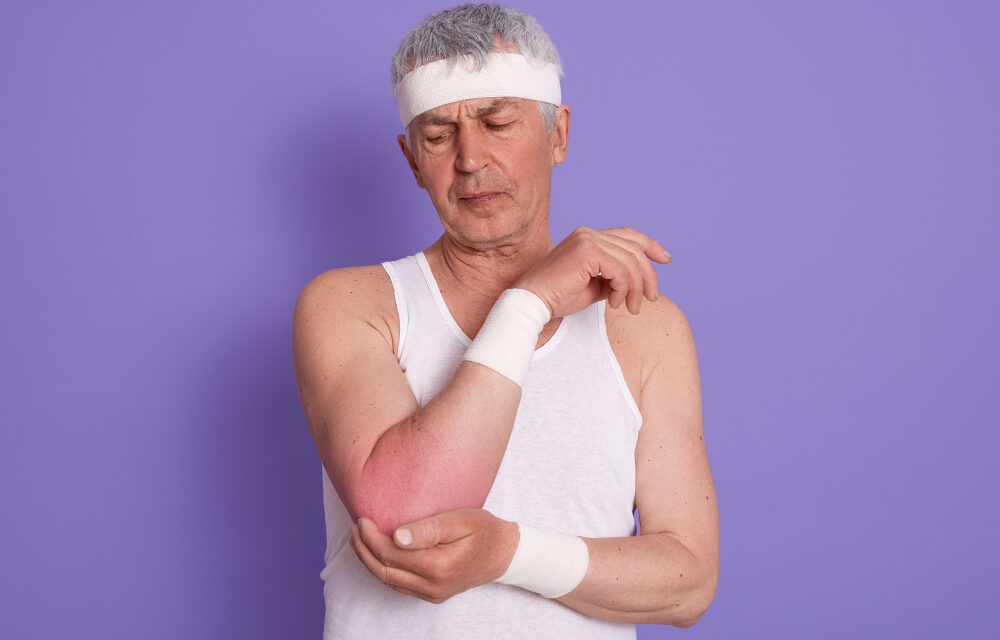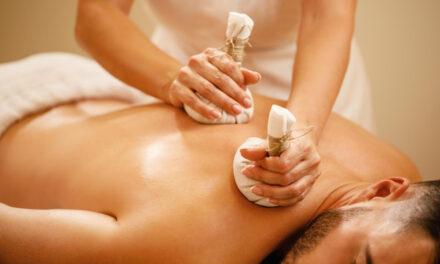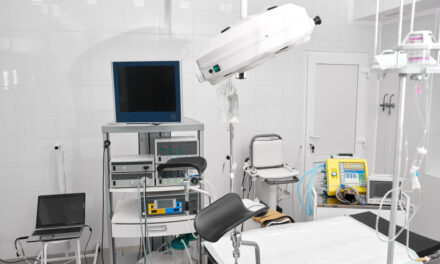The question is loaded.
Tennis elbow is a painful condition; more importantly, it can be quite a nuisance. Limited arm movement is a major hindrance in our day-to-day activities.
Steroid injections for tennis elbow offer a viable, quick solution to the problem. By reducing the pain and inflammation that arises from tennis elbow, they restore mobility to a good extent.
But on the flipside, steroid injections are only a short-term solution. They are not a treatment for tennis elbow as a whole; they are meant specifically for alleviating associated inflammation and the pain that arises from it.
Let’s weigh the pros and cons.
What is Tennis Elbow?
First, let us understand the condition itself.
Tennis elbow is the commonly used term for common extensor tendinopathy or lateral epicondylitis. Despite its name, it is not limited to tennis players; in fact, only 5% of people suffering from the condition actually play tennis. But it is fairly common, with 1-3% of adults in the UK being diagnosed each year with tennis elbow.
Overuse of the extensor muscles lead to tennis elbow. These are the muscles that help extend the wrist. Repetitive motions, such as serving with a tennis racquet, painting, or cooking can cause tennis elbow. All these activities require repetitions of the same motion- flicking or twisting the wrist. This might cause irritation of the tendons (tendinitis). If this continues to repeat, the tendons thicken and wear out, leading to the development of tennis elbow.
What Are the Treatment Options?
Once you have been diagnosed with tennis elbow, your doctor will present you with the following treatment options:
- Physiotherapy: Performing exercises that promote wrist and arm movement
- Elbow support: Wearing an elbow clasp that absorbs muscular stress in the forearm during strenuous activities
- Activity modification: Refraining from performing activities that aggravate the symptoms
Of course, a major part of the treatment will focus on pain management. For this, you will be offered:
Ice Packs
Placing an ice pack at intervals (covered in protective material) on the most painful area relieve pain for the short term.
Rest
Avoiding movements that aggravate the symptoms can keep pain at pay.
NSAIDs
Over-the-counter non-steroidal anti-inflammatory drugs are very effective is short term pain management for tennis elbow.
Surgery
This is an extreme measure, recommended only when all other pain management methods fail.
Extracorporeal Shockwave Therapy (ESWT)
Controlled shockwaves are sent to the injured tissue in order to promote healing and reduce pain.
TENEX
A specially-designed needle is ultrasound-guided into the damaged tissue. Ultrasonic energy vibrates the needle to liquefy the tissue, which is then sucked out.
Needle Fenestration
An ultrasound-guided needle pierces the damaged tissue in different places, prompting the healing process.
PRP
Platelet Rich Plasma Therapy uses the patient’s own blood to heal damaged tissue by injecting it into the affected area.
Steroid Injections
Corticosteroid injections are administered into the affected area to relieve pain and inflammation.
How Are Steroid Injections Given?
Steroid injections for tennis elbow are best administered with the help of ultrasound guidance. Injecting steroid into the tendons can damage the tissue, and it is essential to deliver the medicine exactly where the pain is localised. Ultrasound guidance helps with this.
The steroid used is a corticosteroid, which is a synthetic variant of the naturally-occurring cortisone hormone. This is a potent anti-inflammatory, and precise delivery makes it fast-acting. The hormone is given along with a numbing agent.
What Are the Benefits?
Let us take a look at the upsides of opting for steroid injections for tennis elbow.
- These Are Fast-acting
Ultrasound-guided steroid injections take effect fairly fast. You can expect to see results within 1-3 days from getting the shot. This makes it a much faster option than PRP (3-5 weeks). If you are suffering from extreme pain, a cortisone injection is indeed the better option.
- More Effective Than Other Treatments
Ultrasound-guided steroid injections are more effective than other tennis elbow pain management techniques. Research shows that the first six weeks show the most marked difference.
- Few Side Effects
When given with ultrasound guidance, steroid injections show very little side effects. You can expect a steroid flare the day after the shot, and some issues such as skin discolouration and temporary swelling at the injection site. However, these are minor. Infections and other serious side effects are extremely rare.
- Offers a Longer Pain-free Window
Recent research suggests that cortisone injections are not only fast-acting, but longer-lasting as well. On an average, they relieve pain for 3 months, but at times this can be much longer, especially when coupled with physical rehab and exercises.
- Actually Reduces Inflammation
Steroid injections for tennis elbow do not just mask the pain. They actually reduce the inflammation that causes pain, thus offering relief for longer and restoring arm mobility. This allows you to enjoy a return to normal life and get in more physical exercises that will cure the condition itself.
What Are the Risks?
Steroid injections for tennis elbow must be given with caution. Research suggests that they may be detrimental if multiple shots are administered over a short period of time. Recovery rates also tend to slow down after the six-week mark, although pain relief continues.
The Final Verdict
There is no doubt that steroid injections are indeed extremely effective in managing the pain and inflammation from tennis elbow. They provide relief from severe pain, and offer a longer window for you to continue your physiotherapy and enjoy pain-free movements.
However, like any other medication, steroid injections for tennis elbow have their downsides. It is important to keep in mind that this is only a pain management technique. You must resort to it only when other options do not provide adequate relief, or the pain is severe enough to hamper your participation in important events.
Visit our home-page for more information





